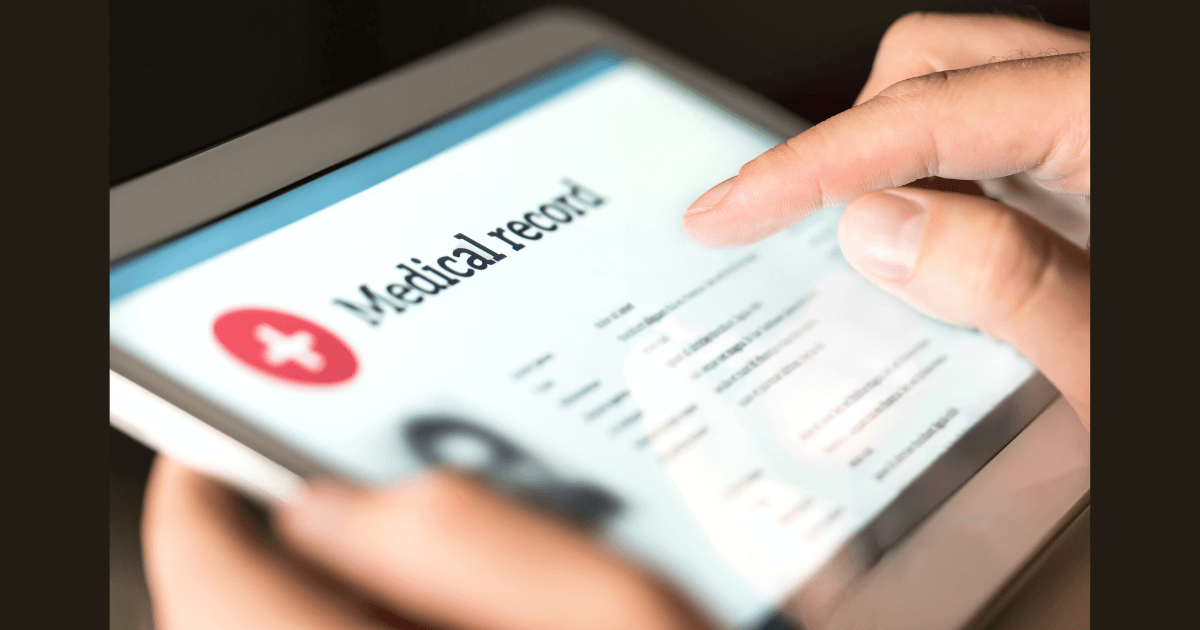There are several different types of documents that need to be accessible for people with impaired vision and hearing.
From patient intake forms to insurance claim forms, documentation helps to keep a clinic, or any healthcare facility running smoothly and efficiently. However, many of these documents can be difficult for patients to understand. These difficulties are particularly common among people with visual, perceptual, cognitive, or other disabilities. Accessible healthcare documents make it easier for people to understand their medical care and treatment.
Accessible healthcare documents ease the burden on individuals who may struggle with standard documentation but still need access to information regarding their healthcare services or treatment plan in order to make informed decisions about their care or manage their own health. Healthcare facilities can and how make use of document accessibility software to make their forms, policies, and other documents accessible.
Accessible healthcare documents help to improve patient experience
Accessible healthcare documents can improve patient experience and satisfaction. Patients with disabilities often have trouble understanding written medical information due to their impaired vision, hearing, or cognitive ability. By creating accessible healthcare documents, medical professionals can ensure that patients can clearly understand the information they receive. For example, this could include text underlining, bolding, or italicization in healthcare documents.
This helps to make the information more readable by patients who have impaired vision or hearing. By making healthcare documents accessible, medical professionals can also prevent patient confusion and ease anxieties. It can also prevent patients from feeling anxious while talking with a doctor when they are not able to see properly or hear clearly.
What types of healthcare documents need to be accessible?
There are several different types of documents that need to be accessible for people with impaired vision and hearing. The most common ones are medical records, prescriptions, and insurance papers. Other documents that may need to be accessible include contracts, legal documents, financial disclosures, and more.
Depending on the type of document or contract being viewed or interpreted, there may be different ways of making it accessible for people with impaired vision and hearing. Some documents can be converted into an audio format with the useable portions highlighted or highlighted in another color, such as yellow or blue. Others can be read aloud or provided in a braille format. Some contracts can also be printed in large font sizes on a page where the person can find them easier as they can see what they are reading. There are many different options available depending on the type of document or contract being viewed or interpreted.
According to the Americans with Disabilities Act (ADA), all organizations must provide auxiliary aids and services for people with disabilities. This includes accessible PDFs, closed captioning, large print, audio, and much more.
Reasons why accessible healthcare documents matter
1. Patients have a clear idea of what they are signing
Accessible healthcare documents are critical for ensuring that patients can understand their rights and have confidence in the care they receive. Accessibility can be defined as the degree to which a document is usable by people with disabilities. It encompasses everything from whether it has graphics or images that people with visual impairments can use. When someone has trouble understanding a healthcare document, it can lead to frustration and mistrust, which can undermine the patient’s trust in the care team. By increasing accessibility, you can ensure that patients feel more in control of their own health care decisions and that they feel empowered to advocate for themselves. Keeping accessibility in mind while drafting your next set of medical records is essential.
2. It helps avoid lawsuits
Patients with visual impairments can easily sue your clinic for negligence when you don’t provide them with documents that are readable and easy to understand for them. All these lawsuits can be avoided when you make accessible healthcare documents a priority.
3. It shows you care
Every healthcare and insurance company is known to talk about how much they value their patients. However, if that’s the case, you must make all your documents available in accessible formats. Doing that will make it easy for the patients with disabilities to go through the documents, and it also shows that you care about every person who visits your clinic.
4. It’s the law
According to the Americans with Disabilities Act (ADA), all organizations must provide auxiliary aids and services for people with disabilities. This includes accessible PDFs, closed captioning, large print, audio, and much more. Organizations that don’t focus on making these features available are breaking the law, and it’s something that we don’t suggest you do. The Healthcare Industry is one of the most important industries in the world. It’s the place where you can find any possible medical condition and get the best possible treatment and care. There’s no more effective way to improve your patient’s experience and satisfaction than by ensuring that they can easily read and understand your healthcare documents and other communications.
One of the most important things that you can do when it comes to healthcare is to make sure that your documents are accessible to people with disabilities. Healthcare professionals who have made an effort to make their medical records, insurance forms, and contracts accessible to people with disabilities have significantly reduced the rate of misunderstandings, dissatisfaction, and dropped-off appointments.
Composed by: “Emilie Brown works with the Digital Marketing team at PREP, an AI-based remediation software that enables businesses to create WCAG and ADA compliant PDFs in minutes. Her approach and methodology is simple, concise and to-the-point and connects with readers seeking for solution-driven content on topics related to accessibility and remediation.”

